Windows are more than just openings on a wall. They affect your home’s lighting, privacy, and even energy efficiency. This makes choosing a window type for your home more complicated than you might think.
Let us guide you through everything about windows, from window types to their features. Whether you are looking through window styles for your new home or to replace existing ones, this guide will help you find the right one.
Most Popular Windows for Your Home
Windows types are designed for certain purposes and functionality. Is extreme weather a concern for you? Or do you want better insulation in your living room? Do you want more natural light in your bathroom but are concerned about privacy? Your specific requirements will determine the right window type for you.
1. Single-Hung Windows
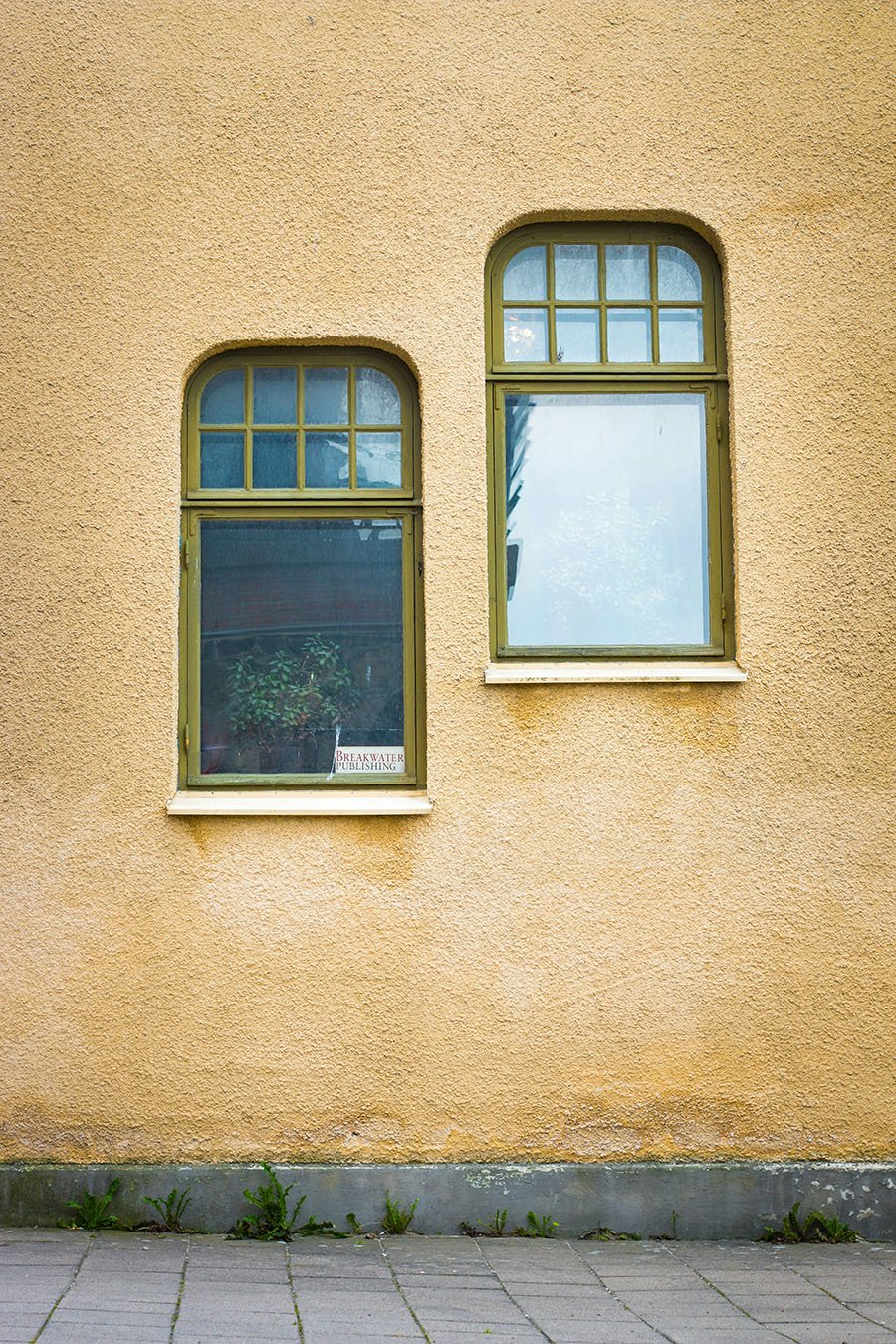
Single-hung windows are a classic and timeless choice, featuring two sashes where the bottom sash is movable while the top remains fixed. These types of windows not only offer a traditional aesthetic but also provide practicality in terms of ventilation and ease of maintenance.
Pros
The main appeal of single-hung windows is their affordability. Their design also makes for easy maintenance.
Cons
Compared to other styles of windows, single-hung windows have a limited range, affecting ventilation. Also, accessing the fixed top sash may be challenging to clean.
2. Double-Hung Windows
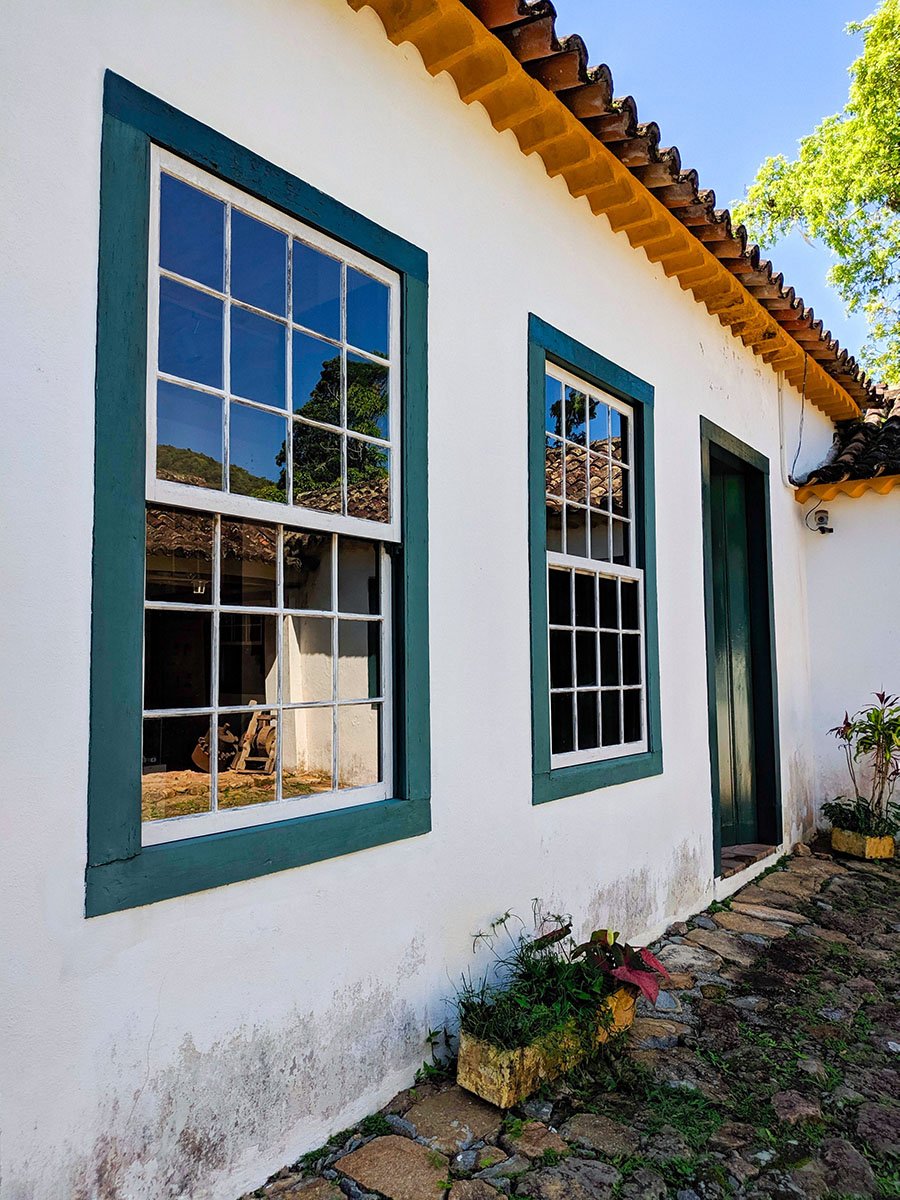
Different from single-hung windows, this type of window has two moveable parts, allowing both upper and lower portions to be opened.
Pros
Among the different styles of windows, double-hung windows are one of the popular choices. Their versatility allows for more control over the amount of ventilation in a room, and the design also allows for easy cleaning and maintenance.
Cons
The design of double-hung windows comes at a steeper price compared to other different types of windows. Also, the additional moving parts make it more susceptible to leakage.
3. Casement Windows

Casement windows function the same as doors with one hinged side. They can provide a wider opening and better ventilation.
Pros
This window type’s design offers a lot more ventilation than other different window styles. This window type also provides better lighting and views of the surroundings with its bigger glass area.
Cons
These types of windows require space to be open fully. The range of motion may not be applicable for properties with limited spaces.
4. Picture Windows
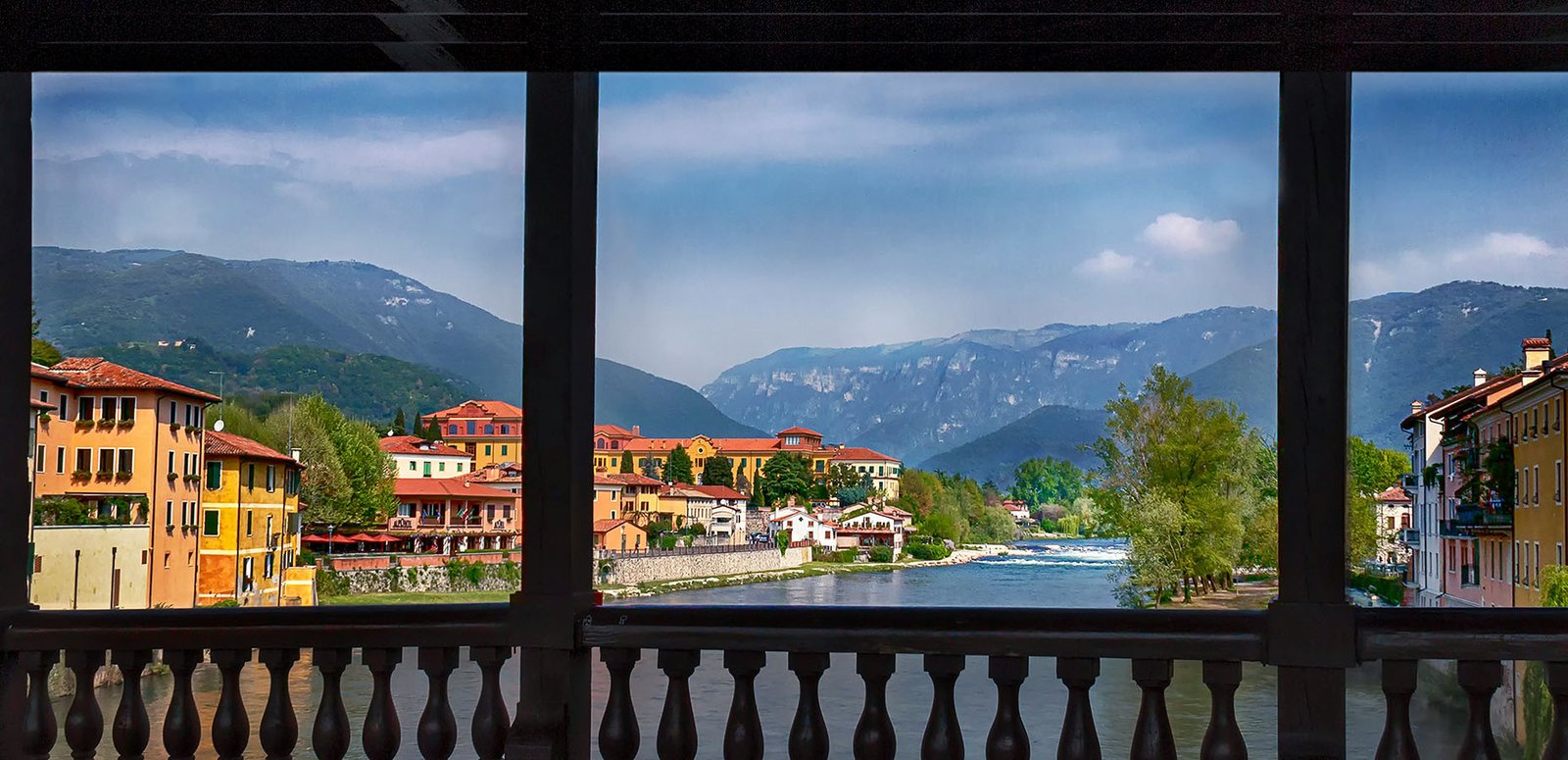
Picture windows are unique from other types of windows because they are fixed and do not open. They are mostly used to allow natural light into a room or to frame picturesque views.
Pros
The main advantage of these window styles is their ability to illuminate a room and showcase breathtaking views without any obstruction.
Cons
Since these window types do not open, they lack the feature of ventilation that other types of windows offer.
5. Awning Windows
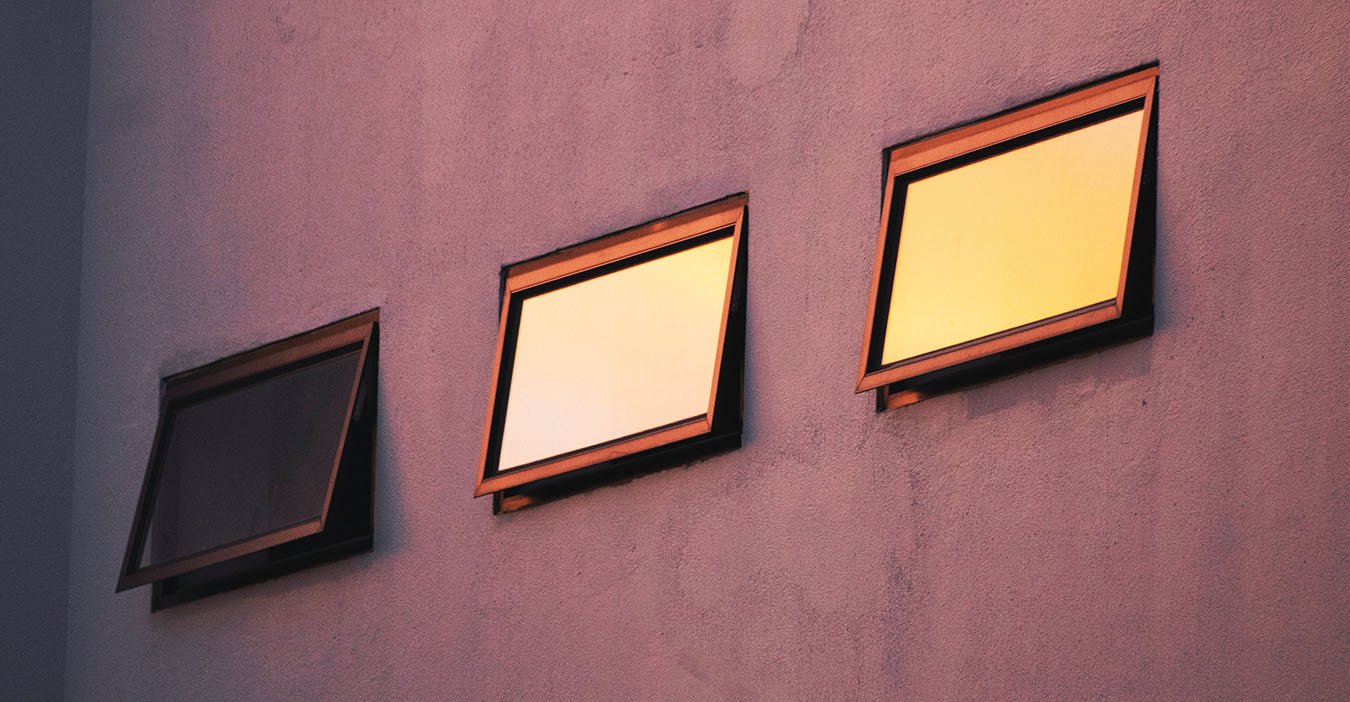
This type of window resembles a tent with a hinged top that opens outward from the bottom.
Pros
Awning window styles are excellent choices to improve ventilation. They can also be opened even during light rains.
Cons
Similar to Casement window types, Awning windows require space to be opened and may not be applicable for tight and narrow areas.
6. Bay and Bow Windows

This window type extends outward from the house’s main wall. This creates a nook or a curve, providing a bright, charming extension.
Pros
This type of window creates a cozy space with a clear view of the exterior. These are usually used as focal points, adding an elegant and spacious feel to a room.
Cons
Bay and bow windows consist of more panels, and their installation requires complex wall alteration, making this type of window more expensive than other different window styles.
7. Sliding Windows
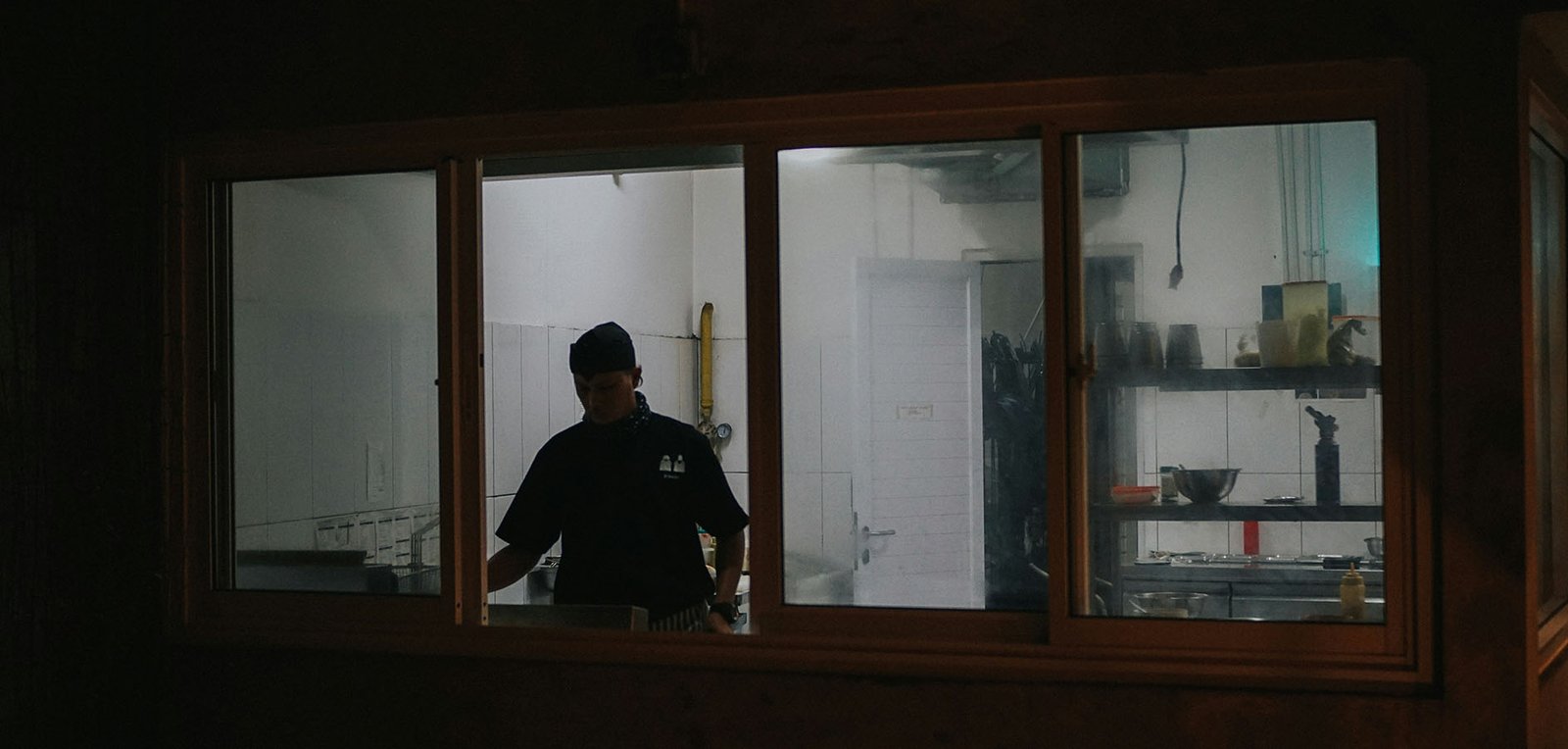
Sliding windows are composed of two sashes that slide along a horizontal track. This design provides a contemporary and sleek aesthetic, making these excellent types of windows for any home with their modern and clean lines.
Pros
These types of windows provide a lot of natural light in your home as well as a wide, unobstructed view of the outdoors.
Cons
Only one side of the window can be open at a time, limiting ventilation compared to other window types. The tracks also accumulate dirt and debris over time, requiring occasional maintenance, and the seal between the sashes may not be as airtight as other window styles, affecting energy efficiency.
8. Skylight Windows
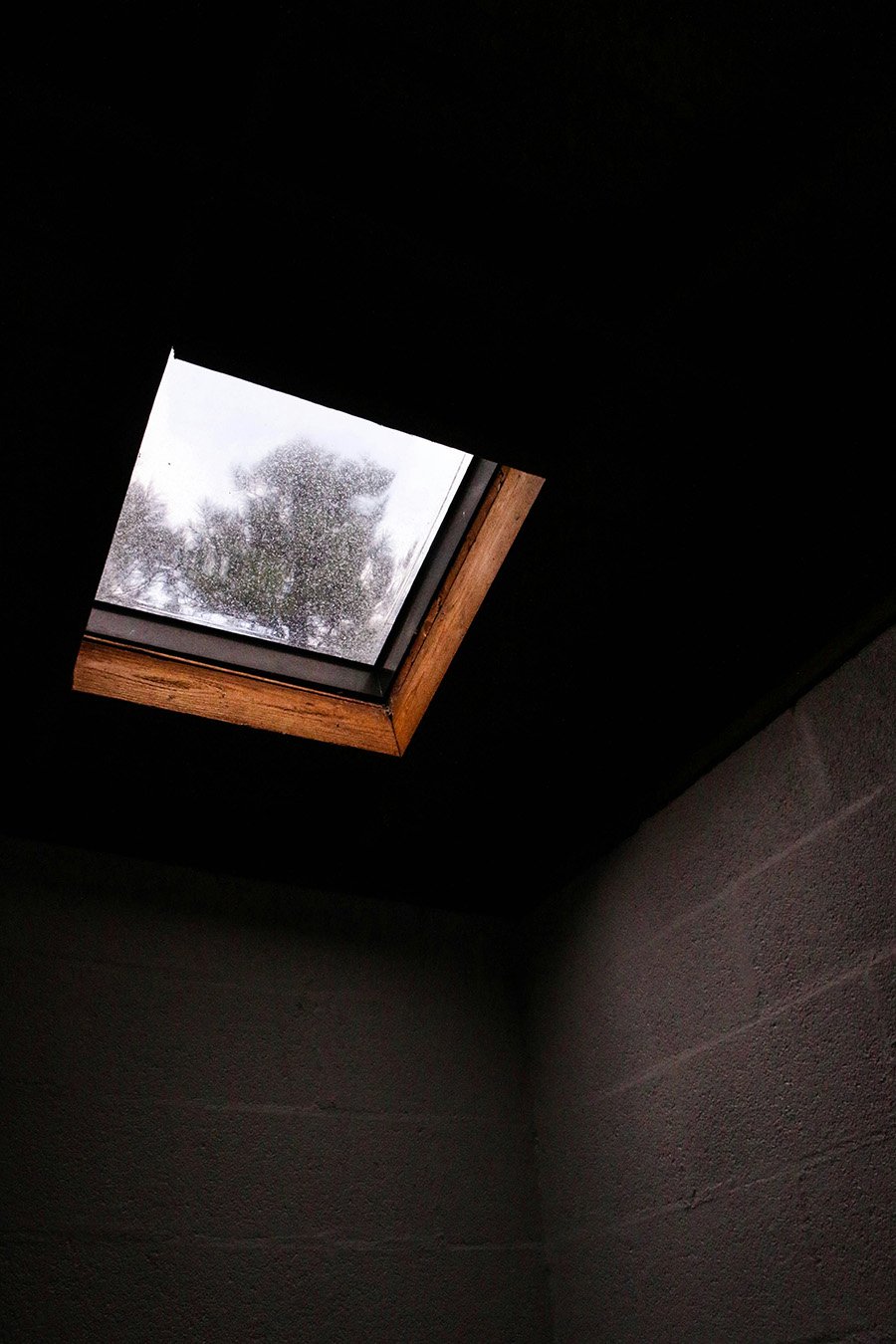
Skylight windows are designed to be placed on the ceiling to allow natural light in the room without compromising privacy. These upward-facing types of windows create a spacious look and open feel in the house.
Pros
Skylight window types are an excellent way to maximize natural light in spaces where traditional windows may not be applicable. These are perfect for bathrooms and bedrooms where privacy is important.
Cons
Skylight window types have a relatively high installation cost. This involves structural modifications for the roof. Also, if not installed and maintained properly, these types of windows may leak in the long run.
Each of these unique window types is designed to deliver a certain function. Take note of their features and align them with your requirements and preferences to help you choose the perfect window styles for your home.
How to Choose a Window Style for Your Home
When selecting a window, there are other factors that you should consider. Your budget, for example, can also affect which type of window is right for you. Weighing the following other factors will make you choose a window style that will align with both your practical and aesthetic needs.
Budget
Different styles of windows come at varying prices. It is important to find the perfect mix of cost and features you need from your window.
Architectural Style
Your window style choice will depend on the architectural style of your home. No matter if you have modern, classic, or eclectic tastes, choose windows that complement the overall style of the house. This provides a cohesive and harmonious look that enhances your home’s appeal.
Ventilation
The ventilation needs of each room vary, affecting the type of windows you choose. Some rooms have specific ventilation requirements; consider this when choosing a window style for rooms like your bathroom and kitchen.
Aesthetic Preferences
Personal style and visual preferences are significant factors in choosing types of windows for your home. Regardless of if you prefer the classic look of double-hung windows, the sleek lines of sliding windows, or the picturesque view of picture windows, you can find a window style that aligns with your taste and complements your interior decor.
Privacy
Balancing natural light with privacy is essential when choosing windows. Consider the placement of windows to neighboring properties and the level of privacy each room requires.
Natural Light
Assess your property and choose window styles that capture the most sunlight. Skylights, picture windows, and bay windows are excellent choices for inviting natural light and creating a bright, inviting atmosphere.
Each of these factors will vary with each window style. Remember to take note of them while choosing the right window styles for your home.
Energy-Efficient Windows
Another reason for choosing the right window styles for your home is energy efficiency. Windows contribute to reducing your home’s energy consumption. From illuminating a room with more natural light to improving ventilation for temperature control, windows provide a simple way to save on utility bills.
Low-E Coatings
Low-emissivity coatings filter infrared light. This allows for heat regulation inside your home, minimizing the increase in temperature during warmer months and heat loss during colder months.
U-Factor
U-factor is the measurement of heat that passes through a window if temperature control is one of your concerns, then choose window styles with a lower U-factor for better insulation.
Double- or Triple-Glazing
Windows with double- or triple-glazing have multiple layers of glass separated by spaces for insulation. These are common types of windows for homes in colder areas as they provide better insulation and heat retention inside the home.
Gas Fills
Materials can also contribute to insulation. Vinyl, fiberglass, and wood are some types of window materials known for their insulation.
Sealing and Weather Stripping
Well-sealed windows serve as barriers against drafts. This offers better energy savings and increased comfort.
Energy Star Certification
Windows that meet the Environmental Protection Agency standard are given an Energy Star Certification. These windows are explicitly designed to reduce energy consumption.
Thermal Breaks
Windows that meet the Environmental Protection Agency standard are given an Energy Star Certification. Incorporating insulation materials within window frames controls heat dissipation between the interior and exterior. This feature enhances the overall energy efficiency and insulation of your home.
Other Window Types
When it comes to picking window styles, there are a lot to choose from. Aside from the popular types we’ve seen, there are also specialized window types used for specific locations and purposes.
- Transom windows: These are small horizontal windows commonly seen above doors or other windows used to allow for additional lighting.
- Garden windows: This type of window extends outward, creating a shelf-like space ideal for housing plants indoors.
- Arched windows: This window style usually serves as a focal point with its curved or pointed top, adding elegance to any structure.
- Circle windowss: This type of window is popular for its unique design and symmetrical shape that adds a unique touch to any space.
- Egress windows: This window type is specifically used for emergency exits.
- Hopper windows: These are usually seen in basements or bathrooms to allow ventilation while maintaining privacy.
- Jalousie windows: This is a popular window style in tropical climates. The glass louvers that open and close together provide excellent ventilation.
Benefits of Window Replacements
Windows are the key to a brighter and more comfortable home. If you are staring at a gloomy or foggy room, it may be time to upgrade your windows. Replacing and adding new windows improves the look and feel in your home. Let us look at some advantages of replacing your windows.
- Decreased energy costs and lower carbon footprint: The right window style and placement will reduce heat transfer and improve lighting in your home, resulting in lower energy consumption.
- Enhanced insulation for improved indoor comfort: Advanced insulation in some window styles maintains a more consistent indoor temperature, providing year-round comfort in your home.
- Improved safety features: There are types of windows that are designed with safety features such as stronger frames and advanced locking mechanisms to provide additional security to your home.
- Quieter indoor environment with noise reduction: Some window styles have improved soundproofing to create a peaceful indoor environment by canceling external noise.
- Effortless window operation (easy to open and close): New windows are smoother, making it easy to open and close them, allowing you to enjoy fresh air and natural light.
- Clearer view of the outdoor surroundings: Some window styles provide an unobstructed view of your surroundings, allowing you to connect with nature without stepping outside.
- Enhanced Aesthetics for a modern look: Newer window styles can update the look of your home.
- Elevated property value: Potential buyers often see energy efficiency and well-maintained windows as an asset to a property. Investing in quality window replacement contributes to your home’s overall value.
Consider these impactful benefits when deciding on replacing your windows. Your decision will not only improve your home’s appeal but also the overall living quality and comfort of everyone residing in it.
When to Replace Your Windows
Do you know when to upgrade your windows? Knowing when to replace your windows will help maintain comfort in your home.
Windows are used to allow for ample lighting and ventilation. If you are looking through foggy window panes or struggling to operate your windows, then it is probably time you consider getting a replacement. Be aware that these signs may be superficial, but they have more effect than you would expect. Foggy panes indicate a compromised seal that affects both insulation and visibility, and faulty mechanisms in your windows affect not only convenience but may also compromise your security.
Keep an eye out for these signs. Leaks and rust are also telltale signs that your windows need replacing. Being on top of these problems helps you maintain a comfortable home.
Conclusion
Your choice of window type makes a significant difference in terms of your home’s lighting and ventilation. Aside from making your home cozy and well-lit, windows also offer other functionalities and provide aesthetic enhancements to your home. Before deciding on what type of window to install, take the time to assess your personal taste and requirements and align them with the various features and designs of the different window styles to find the perfect match for you.
Our Related Blogs
If you are also interested in other home and roof maintenance and repairs, you may want to check out our blogs.
Quote Your Next Project Today!
We at M&M Gutters and Exteriors hope that our guide has helped you find the right type of windows. If you are still undecided or need more information, look no further! Reach out to us, and our team will be more than happy to assist you!



